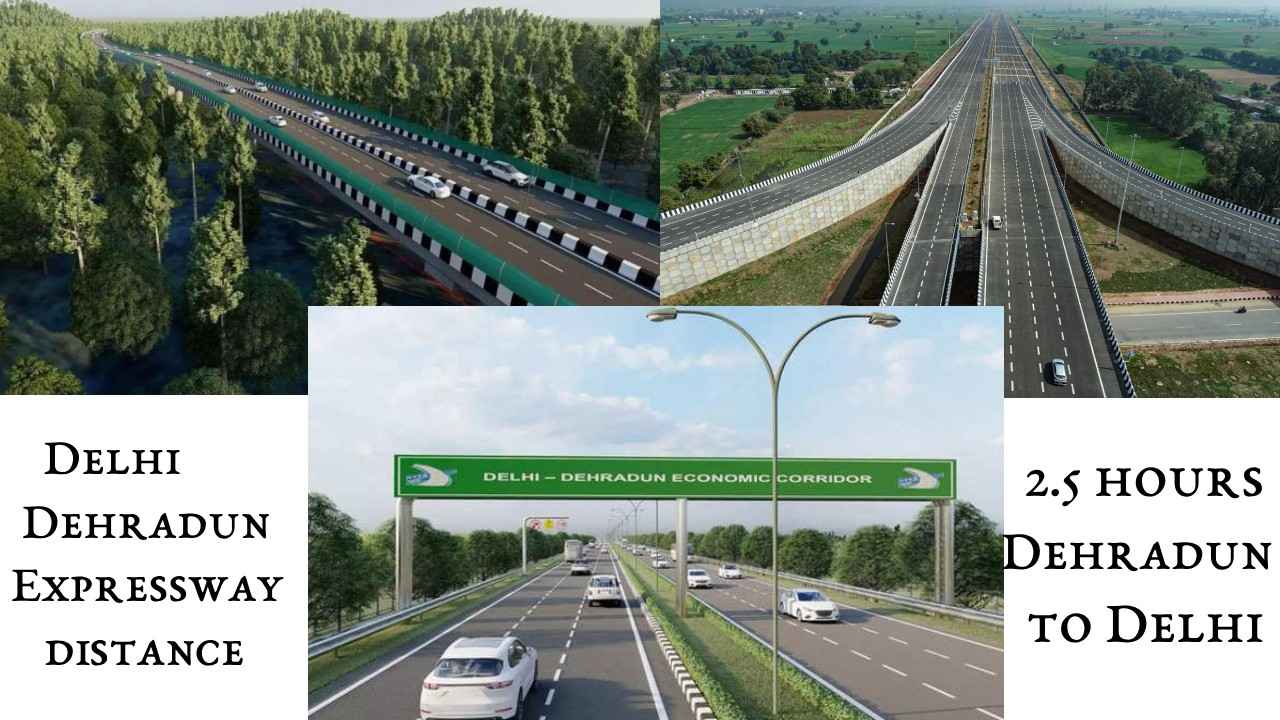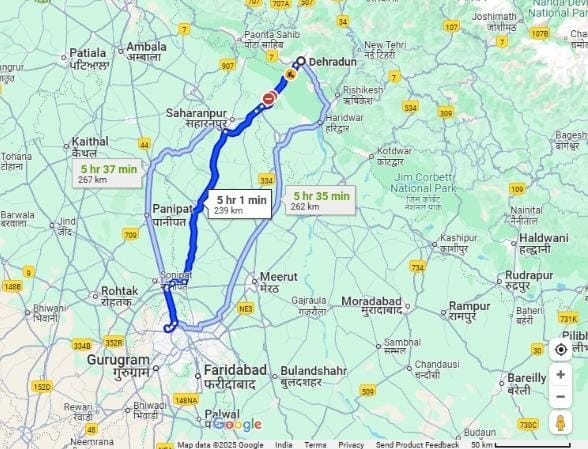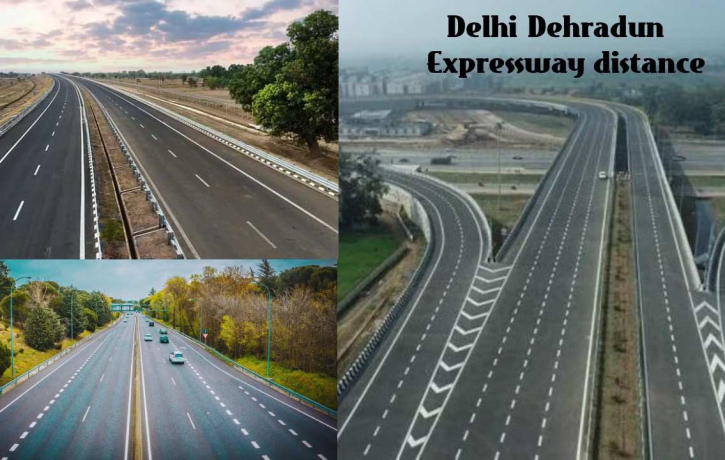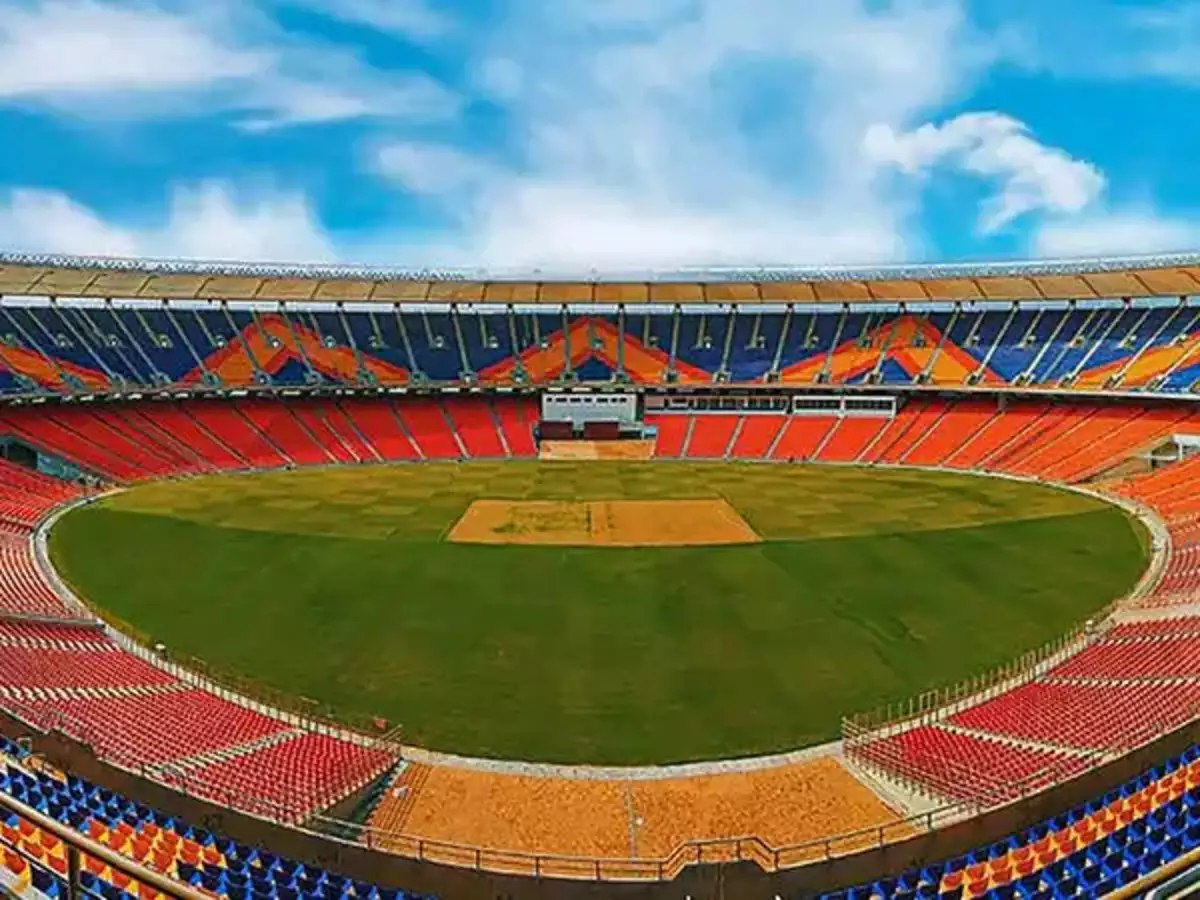- 1 Delhi Dehradun Expressway environmental impact
- 2 Project Highlights:
- 2.1 Owner:
- 2.2 Old Route:
- 2.3 New Route (Delhi-Dehradun Expressway):
- 2.4 1. First Phase: Delhi – Baghpat (31.2 km)
- 2.5 2. Second Phase: Baghpat – Saharanpur (118 km)
- 2.6 3. Third Phase: Saharanpur – Ganeshpur (40 km)
- 2.7 4. Fourth Phase: Ganeshpur – Dehradun (20.7 km)
- 2.8 Reduced Distance and Travel Time:
- 2.9 Wildlife-Friendly Corridor:
- 2.10 Speed and Traffic Management:
- 2.11 Toll Mechanism:
- 2.12 Infrastructure Features:
- 2.13 Service Roads and Elevated Roads:
- 2.14 Entry and Exit Points:
- 2.15 Phases of the Delhi-Dehradun Expressway Project:
- 2.16 Phase 1: Akshardham (Delhi) to Baghpat (Eastern Peripheral Expressway Interchange)
- 2.17 Phase 2: Baghpat to Saharanpur Bypass
- 2.18 Phase 3: Saharanpur to Ganeshpur (Sunderpur)
- 2.19 Phase 4: Ganeshpur to Dehradun
- 3 Impact of the Project Delhi Dehradun Expressway distance:
Delhi Dehradun Expressway environmental impact

The Delhi Dehradun Expressway distance (NH 72A) is a significant infrastructure project under construction by the National Highway Authority of India (NHAI). Here are the key details and features of the project:
Key Details of the Delhi-Dehradun Expressway:
1. Foundation and Timeline:
The foundation stone was laid by Nitin Gadkari on 26 February 2021, and again by Prime Minister Narendra Modi on 4 December 2021.
Completion Deadline: The expressway is expected to be completed by December 2024.
2. Total Length:
The expressway will cover a total distance of 210 km.
3. Lanes:
Phase 1: 12 lanes.
Phase 2: 6 lanes (in progress).
4. Cost:
The total cost of the project is estimated at ₹12,000 crore.
5. Project Model:
The project follows the EPC (Engineering, Procurement, and Construction) model.
6. Route and Connectivity:
- The expressway will pass through the states of Delhi, Uttar Pradesh, and Uttarakhand.
- Major cities along the route include Baghpat, Baraut, Shamli, and Saharanpur.
- It will have two spurs (link roads) to connect nearby cities:
- Saharanpur-Roorkee-Haridwar Expressway: 50.7 km long (six lanes).
- Ambala-Shamli Expressway: 121 km long (six lanes).
7. Distance and Travel Time Reduction:
- The project will reduce the distance between Delhi and Dehradun to 210 km.
- It will cut down travel time to just 2.5 to 3 hours, a significant improvement compared to the current travel time.
Project Highlights:
- Access-Controlled Expressway: The highway will be access-controlled, which will improve safety and ensure smooth travel.
- Enhanced Connectivity: The expressway aims to enhance connectivity between the cities of Delhi, Dehradun, and surrounding regions.
- Environmental Focus: The project includes a wildlife-friendly corridor, making it a pioneering development in terms of eco-conscious highway construction.
Owner:
- Delhi Dehradun Expressway Distance of India (NHAI) is responsible for the construction and completion of the expressway.
- In summary, the Delhi-Dehradun Expressway is set to transform the way people travel between Delhi and Dehradun by drastically reducing travel time, improving road safety, and enhancing regional connectivity. The project’s timely completion is expected by December 2024, paving the way for faster, safer, and more efficient travel.
- The Delhi-Dehradun Expressway is a transformative infrastructure project with several notable features that promise to enhance connectivity while being environmentally conscious. Here are the key features of the expressway:
The Delhi-Dehradun Expressway will drastically improve travel efficiency between Delhi and Dehradun, bypassing the old route, which used to pass through multiple cities. Here’s a breakdown of the old route versus the new route with detailed phases:
Old Route:

Delhi → Ghaziabad → Meerut → Muzaffarnagar → Saharanpur → Dehradun
- This old route is a long and indirect path, passing through multiple cities, which increases both the distance and travel time.

New Route (Delhi-Dehradun Expressway):
The new route is divided into four phases, each designed to make the journey smoother, faster, and more efficient:
1. First Phase: Delhi – Baghpat (31.2 km)
This section will provide the initial part of the expressway and bring travelers to Baghpat, a key city in Uttar Pradesh.
2. Second Phase: Baghpat – Saharanpur (118 km)
Interchanges: There will be 7 interchanges to improve connectivity with nearby towns and cities.
Underpasses: A total of 60 underpasses will be constructed to facilitate local traffic and animals while maintaining a smooth flow of expressway traffic.
3. Third Phase: Saharanpur – Ganeshpur (40 km)
This stretch will further connect the expressway to the Ganeshpur area, continuing to improve the route’s efficiency.
4. Fourth Phase: Ganeshpur – Dehradun (20.7 km)
This final section includes several notable features:
- Twin Tunnels: 2.322 km twin tunnels will be constructed to pass through challenging terrain.
- Approach Tunnel: A 0.3 km approach tunnel will also be part of this section.
- Elevated Flyover: A 4.82 km, 4-lane elevated flyover will be built, with a 6m vertical clearance to allow safe passage for elephants and other wildlife.
- Hill Section: The route will pass through a 2.12 km hill section, featuring an eco-friendly design.
- Single Tube Tunnel: A 340-meter-long single tube tunnel will be constructed to navigate the hilly terrain.
Reduced Distance and Travel Time:
The expressway will shorten the distance between New Delhi and Dehradun from 235 km to 210 km, significantly reducing travel time to just 2.5 to 3 hours.
Wildlife-Friendly Corridor:
- The expressway is designed with a wildlife protection corridor to ensure safe passage for animals.
- 12 km of elevated road and six animal underpasses, including two elephant underpasses, will help prevent wildlife roadkill.
- It will also feature two large and thirteen smaller bridges, making it India’s first highway to include a wildlife-friendly corridor.
- The expressway will have Asia’s longest wildlife elevated corridor, enabling unrestricted wildlife movement.
Speed and Traffic Management:
- The expressway will maintain a minimum speed of 100 km/h while traveling through the wildlife corridor, ensuring smooth and safe vehicle travel.
Toll Mechanism:
- The closed toll mechanism will allow users to pay tolls only for the portions of the highway they travel, ensuring fair toll collection based on usage.
Infrastructure Features:
- The expressway will include 113 Vehicular Underpasses (VUPs), Light Vehicular Underpasses (LVUPs), and Small Vehicular Underpasses (SVUPs) to facilitate smooth traffic movement.
- 5 Railway Over Bridges (ROBs), 4 major bridges, and 62 bus shelters will be constructed to improve accessibility and convenience for commuters.
Service Roads and Elevated Roads:
- A 76 km service road will be built alongside the expressway to accommodate local traffic, while 29 km of elevated roads will ensure unobstructed movement.
Entry and Exit Points:
- 16 entry exit points are being constructed to enhance connectivity to the surrounding areas.
- Overall, the Delhi-Dehradun Expressway not only aims to improve the efficiency and speed of travel between Delhi and Dehradun but also incorporates sustainable and wildlife-conscious design, making it a unique and pioneering project in India.
Phases of the Delhi-Dehradun Expressway Project:
The Delhi-Dehradun Expressway is being developed in multiple phases to ensure smoother, faster, and more efficient travel while addressing environmental and community needs. Here’s a breakdown of each phase:
Phase 1: Akshardham (Delhi) to Baghpat (Eastern Peripheral Expressway Interchange)
- Distance: 32 km
- Type: Brownfield Upgrade
- Lanes: 12 lanes in total, with 6 dedicated to express traffic and 6 for local use.
Details:
This phase begins at Akshardham Temple in Delhi and extends to the Baghpat Eastern Peripheral Expressway Interchange.
The project upgrades existing infrastructure to manage both express traffic and local vehicles effectively.
Phase 2: Baghpat to Saharanpur Bypass
- Distance: 118 km
- Type: Greenfield
- Lanes: 6 lanes
- Details:
The second phase extends from Baghpat (UP) to the Saharanpur Bypass (UP).
- Interchanges: 7 interchanges will be built for better connectivity to surrounding towns and cities.
- Underpasses: 60 underpasses will be constructed to facilitate smoother traffic flow.
- Facilities such as hotels, petrol pumps, and rest areas will be built every 25 km to serve travelers.
Phase 3: Saharanpur to Ganeshpur (Sunderpur)
- Distance: 40 km
- Type: Brownfield Upgrade
- Lanes: 6 lanes
- Details:
This phase starts at the Saharanpur Bypass and extends to Ganeshpur, near Sunderpur in Uttarakhand.
The segment will improve the existing road network and develop new lanes and pedestrian crossings for better safety and efficiency.
Phase 4: Ganeshpur to Dehradun
- Distance: 20.7 km
- Type: Brownfield Upgrade
- Lanes: 6 lanes (with a portion having 4 lanes)
- Details:
This phase connects Ganeshpur to Dehradun, passing through a massive forest region that includes the Rajaji Tiger Reserve and the Shivalik Hills.
Key Features:
- 2.322 km twin tunnels and 0.3 km approach tunnel.
- 4.82 km elevated flyover with a 6m vertical clearance for elephants and other wildlife.
- 2.12 km hill section and 340-meter-long single tube tunnel.
This section will have an elevated road specifically designed for wildlife protection, making it Asia’s longest wildlife elevated corridor (12 km).
Impact of the Project Delhi Dehradun Expressway distance:
Impact on People:
- Reduced Travel Time: The expressway will significantly reduce the travel time between Delhi and Dehradun, making the journey much faster and eliminating long traffic jams.
- Improved Accessibility: Senior citizens and tourists can travel more conveniently to visit temples and tourist spots in Dehradun.
- Scenic View: The route will offer beautiful scenic views, especially with the proposed bird sanctuary and tree plantations along the lanes.
- Employment: The project will create numerous employment opportunities for the local population during both the construction and operational phases.
Impact on the Environment:
- Wildlife Protection: The expressway is being developed to ensure safe passage for wildlife. It will help prevent animal-vehicle collisions and support the conservation of wildlife habitats.
- Biodiversity Conservation: The corridor passes through environmentally sensitive areas like the Rajaji National Park and Shivalik Hills, promoting biodiversity conservation.
- Stress Reduction for Animals: Reduced interaction between wildlife and vehicles will help lower stress levels for animals.
Impact on Real Estate:
- Increased Property Value: The expressway will reduce congestion in northeast Delhi, potentially increasing the real estate value in nearby areas.
- Improved Connectivity: It will enhance connectivity between Delhi and Ghaziabad, driving growth in the local real estate market.
- Tourism Boost: As trips between Delhi and Dehradun increase, there will be growth in hotels, restaurants, and cafes along the route.
- Residential Developments: The real estate market near the expressway’s path is expected to boom, with increased demand for residential projects.
Current Status:
- Phases 1 & 4 are expected to open soon after inauguration:
- Phase 1: A 14.75 km stretch in Delhi is already operational, connecting Akshardham to the Loni border, with 5 entry and exit points.
- Phase 4: The final phase connects Ganeshpur to Dehradun via a 12 km elevated wildlife corridor, a significant feature for wildlife protection.
In Summary:
The Delhi-Dehradun Expressway will not only cut down travel time and distance but also feature cutting-edge infrastructure to ensure safer, more efficient travel. Its focus on wildlife protection through elevated corridors and underpasses makes it an environmentally conscious project, marking it as a pioneering development in India.






